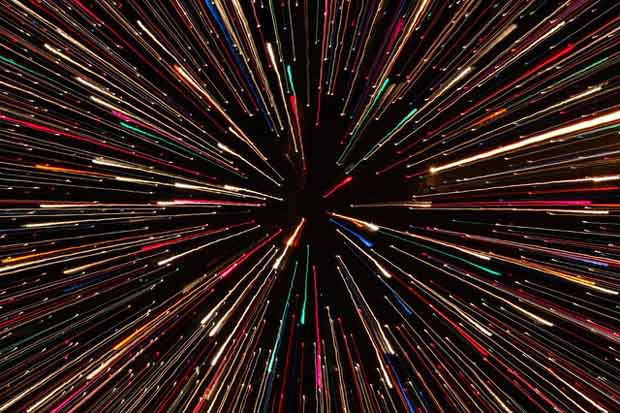Nothing can travel faster than light in vacuum, per Einstein, but in the real world light travels at variable speed as it passes through a medium, be it air, water or glass. Physicists at University of Glasgow now demonstrate that its not only the medium that can slow down light, but also shape after they performed an experiment where light traveled through a ”mask”. The findings could prove important in astronomy where even the slightest change in the velocity of light can change everything.
How shape collective pulls down photos to slowdown light

The team built what they call a racetrack, where photons (the packets that make up light) are sent and detected on a dual path. On the first path, light was fired in a normal way unaltered by nothing but the medium (air). On the second path, however, the light was fired through a filter to shape it into either a Gaussian or Bessel beam. The photons from both groups were launched at the same time but the unshaped photons beat the shape-altered photons to the finish line by approximately 0.001 percent.
Of course, the filter itself slowed down the light because it passed through a medium, but this was only one half of reason the light was slowed down. After passing through a medium, light is said to revert back to its constant speed yet the speed of the photons was slower than normal after leaving the filter. The mask, the researchers explain, caused some of the photons in the group to move at a slight angle to the other’s causing a slowdown for the group as a whole.
The study published in Science highlights that, even in free space, the invariance of the speed of light only applies to plane waves. Astronomers might have to keep this in mind when studying objects thousands or even millions of light-years away to make sure their observations aren’t affected by the shape of light.


